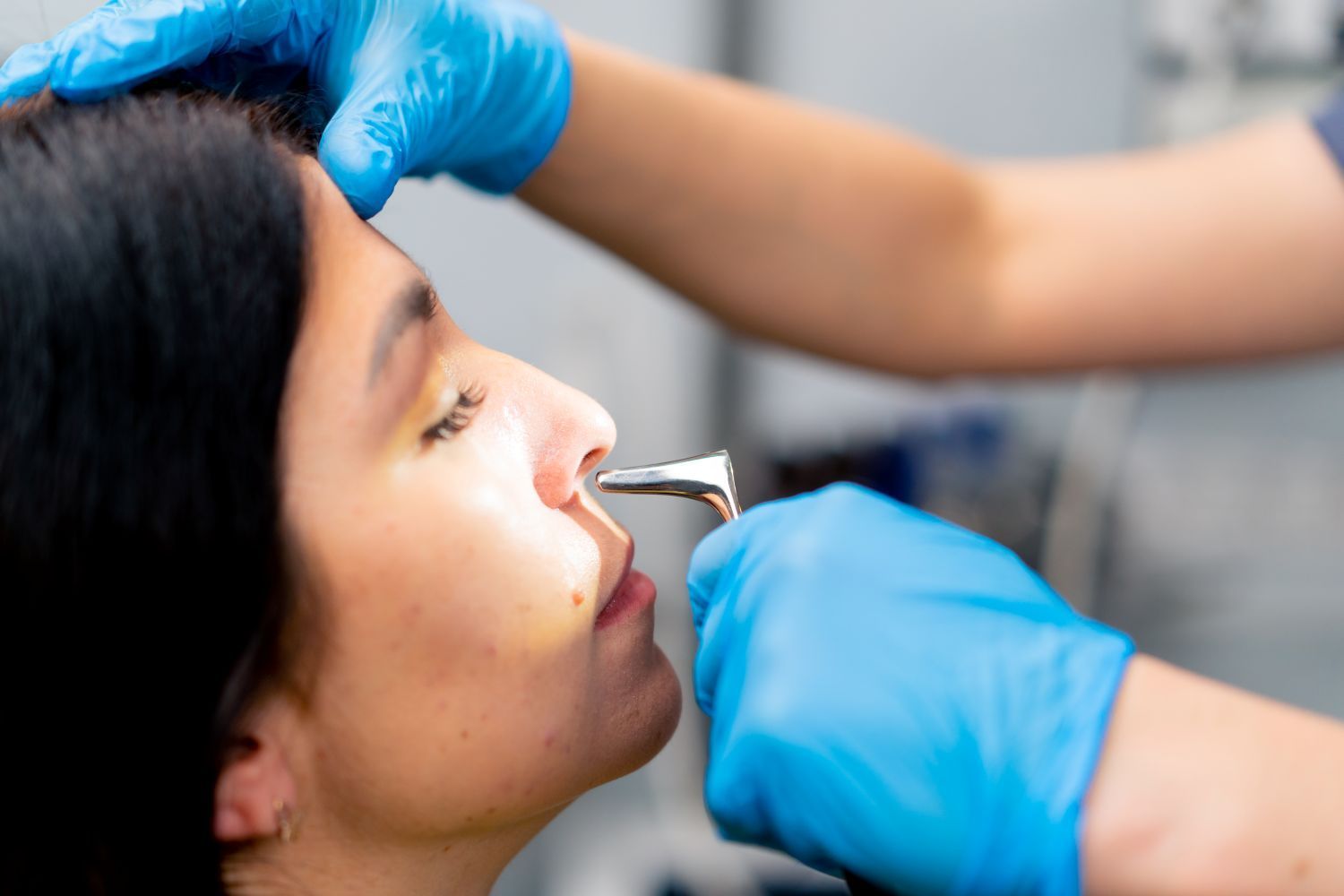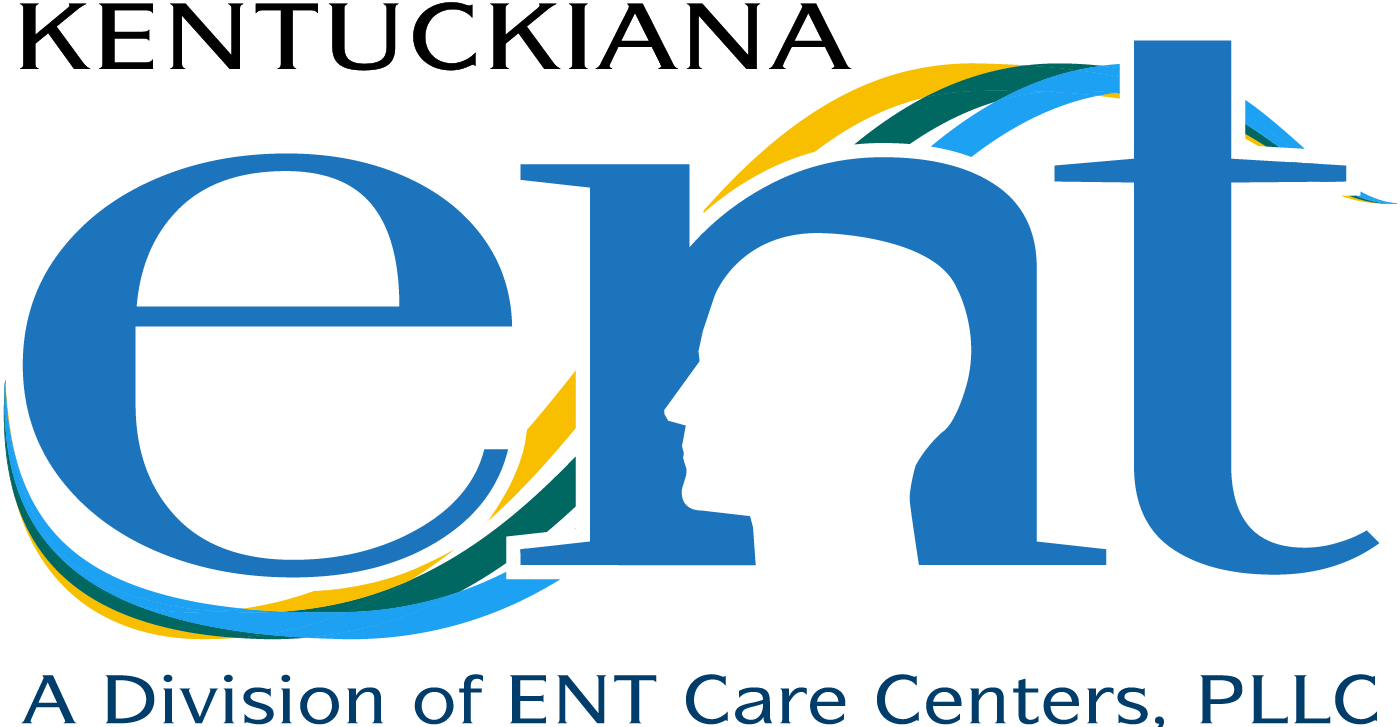5 Common Findings to Look For in a Sinus CT Scan
It can be frustrating to take antibiotic medications every time you develop a sinus infection. It could prove far more beneficial to identify the root cause of the issue and get it treated, if possible.
Sinus specialists, like myself, often recommend a sinus CT scan to identify the problem to help determine the appropriate treatment. CT scans are minimally-invasive and can accurately help doctors diagnose nose and sinus issues.
“If your scan shows ongoing issues, you can learn more about our treatment options for nasal polyps, chronic rhinitis, and sinus surgery.
1. Deviated Septum
The nasal septum has cartilage and bone that divide your nose's nasal cavity in two. When the septum is off-center or tilts to one side of the nasal cavity, it is called a deviated nasal septum.
In the case of a minor deviated septum, you may experience mild or no symptoms. However, if the septum has severely deviated, you may experience breathing difficulties, congestion, and discomfort. In such cases, you may need surgery to correct it.
2. Mucosal Thickening and Opacification
Mucosal thickening is an inflammatory reaction in your sinuses. It can be triggered by allergic reactions, infection, or nasal polyps. It may also lead to opacification in your sinuses and cause further complications. Therefore, a sinus CT scan is necessary to diagnose mucous thickening and opacification.
3. Mucous Retention Cysts, Mucoceles, and Nasal Polyps
Different kinds of masses can be found inside the nose and sinus. While some might be benign and not lead to complications, others might be the reason for recurrent sinus problems. Mucous retention cysts are fluid-filled benign cysts, often found in the maxillary sinus.
Mucoceles are thick liquid-filled walled-off sinus cells that can lead to complications such as compression of the eye and sinus headaches. I usually treat mucoceles with expanded endoscopic sinus surgery techniques that limit complications and decrease the risk of recurrence.
Nasal polyps are noncancerous growths that look like water-filled growths and generally do not cause pain. They result from sinus inflammation and could be the main reason for recurring sinus problems. Nasal polyps require expert management, often utilizing both surgical and medical therapies.
It is necessary to identify each type of cyst to prevent them from leading to further complications.
4. Ostiomeatal Complex Obstruction
The ostiomeatal complex (OMC) is a canal that connects the frontal sinus, anterior ethmoid air cells, and the maxillary sinus to the middle meatus, which helps in airflow and mucociliary drainage.
Chronic rhinosinusitis can lead to ostiomeatal complex obstruction, which means the drainage pathways of the sinuses are blocked. OMC occlusion is a reason for symptoms such as nasal congestion and may need to be resolved with sinus surgery.
5. Bony Thickening
Bony thickening of the sinus walls may be found in response to longstanding inflammation. This reactive process can narrow the sinus pathways and signal a need for intervention.
You can prevent sinusitis from recurring over and over by looking into the root cause of it. If you want to learn more about your sinusitis and available treatment options, get an appointment with Dr. Thomas Higgins, MD, MSPH, in Louisville, KY and Jeffersonville, IN.
Thomas S. Higgins, MD, MSPH
Father. Husband. Sinusitis Nerd.















